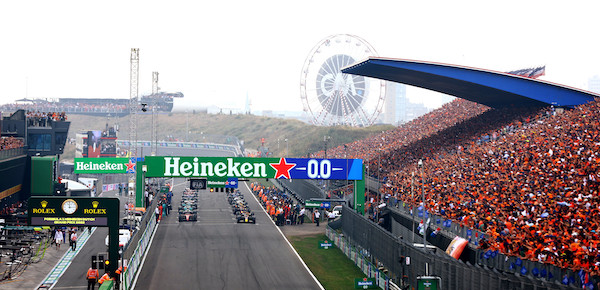From gym classes in icy classrooms to 20,000 members: 80 years of sports history at the UvA

- by maurya18@gmail.com
- June 30, 2024

The history of university sports in a nutshell
1945-1953: Universities, municipalities, and students start organizing university sports.
1953: In response to questions about the physical and mental health of students from a VVD MP; the national government also includes university sports in its remit.
1960: The Cals Memorandum establishes how much money will be allocated for university sports. In the following years, university sports facilities are built throughout the Netherlands.
1976: The UvA sports center on de Boelelaan opens its doors, 14 years after the initial plans were drawn up.
Around 1990, the artificial division between performance and non-performance sports disappears. Although – to this day – the UvA does not facilitate top sports.
2010: Opening of university sports center Universum, in Watergraafsmeer
“With World War II came the big turnaround. Then all university life came to a halt at the UvA, as many students did not want to sign the Declaration of Loyalty stating that they would not resist the Germans. Those students were no longer allowed to study or work. To avoid being deported to Germany for the mandatory Arbeitseinsatz (mandatory work detail), they went into hiding, and many joined the resistance. For the university, those students completely disappeared from view. Only after liberation did it become clear which students were still alive and in what state their health was. This sparked the realization at universities that they were partly responsible for the mental and physical well-being of their students.”
“At the same time, the Declaration of Loyalty was signed by another large group of students. These were commuters, students who lived outside Amsterdam and came daily by train, and also the nihilists. These groups were not members of the traditional student associations, often because they came from less wealthy families and therefore had little connection to university life. To prevent such a large group of students from being pressured to make another decision that went against the national interest, the idea came about for a general student organization without elections or high membership fees. That becomes the Asva, the General Student Union Amsterdam. The idea was for all students to meet there through sports.”
“That was all part of the new, national idea within universities: We must become a university community accessible to all. That includes the Folia Civitatis and part of that and Kriterion, the cinema run by students.”
Initially, the Asva wanted to include all the student body’s sports associations, such as rowing club Nereus. Where did that go wrong?
“In 1947, the Asva already realized that the task was too big. They barely existed and already couldn’t even govern themselves. Also, the corps sports associations were ultimately unwilling to transfer their governance to the Asva. A special physical education office was then set up at the university to organize it.”
The Latest News
-
December 21, 2024Bondscoach rolstoelbasketbalsters op non-actief na meldingen grensoverschrijdend gedrag
-
December 21, 2024Tot en met 31 maart geen voetbal in Nederland
-
December 20, 2024Nederland – Griekenland op tv: hoe laat en op welke zender kijk je naar Oranje?
-
December 20, 2024Travel Legends organiseert bijzondere wijnreis met topsommelier Noël Vanwittenbergh – Reisbizz
-
December 20, 2024NBA publiceert Alert vanwege late implementatie CSRD in Nederland





